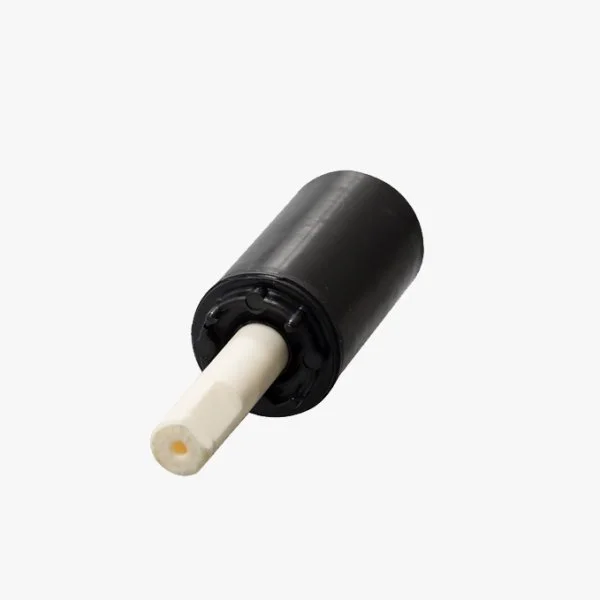In today’s digital age, the ability to print in color is not just a luxury; it’s often a necessity for both personal and professional tasks. Whether you’re printing vibrant marketing materials, family photos, or important documents, encountering issues with color printing can be frustrating. This article delves into the various reasons why you might be unable to print in color and provides practical solutions to resolve these issues.
Understanding the Basics of Color Printing
Before diving into troubleshooting, it’s essential to understand how color printing works. Most color printers utilize a combination of four ink cartridges: cyan, magenta, yellow, and black (CMYK). When these inks are mixed in various proportions, they can produce a wide spectrum of colors. However, several factors can disrupt this process, leading to color printing problems.
Common Reasons for Inability to Print in Color
- Printer Settings Misconfiguration
- One of the most common reasons for color printing issues is incorrect printer settings. Users may inadvertently select a monochrome or grayscale option in the print dialog box. Always check your print settings before sending a document to the printer. Ensure that the “Color” option is selected rather than “Black & White” or “Grayscale.”
- Outdated or Corrupted Drivers
- Printer drivers are crucial for the communication between your computer and printer. Outdated or corrupted drivers can lead to various printing issues, including the inability to print in color. Regularly updating your printer drivers can resolve these problems. Visit the manufacturer’s website to download the latest drivers compatible with your operating system.
- Low or Empty Ink Cartridges
- Running low on ink can severely affect your printer’s ability to produce color prints. Most printers have a built-in ink level monitoring system, but it’s not always accurate. Check the ink levels manually and replace any cartridges that are low or empty. Additionally, ensure that the cartridges are installed correctly and are compatible with your printer model.
- Clogged Print Heads
- Over time, ink can dry up and clog the print heads, especially if the printer hasn’t been used for an extended period. Most printers have a built-in cleaning function that can help unclog the print heads. Run the cleaning cycle from your printer’s maintenance menu, and perform a test print afterward to see if the issue is resolved.
- Software Compatibility Issues
- Sometimes, the software you are using to print may not support color printing. Ensure that the application you are using is compatible with your printer and supports color printing. Additionally, try printing from a different application to determine if the issue is software-related.
- Network Connectivity Problems
- For network printers, connectivity issues can also lead to printing problems. Ensure that your printer is properly connected to the network and that your computer can communicate with it. Restarting both the printer and the computer can often resolve temporary connectivity issues.
Advanced Troubleshooting Techniques
If you’ve checked the common issues and still can’t print in color, consider the following advanced troubleshooting steps:
- Reset Printer Settings: Sometimes, resetting your printer to factory settings can resolve persistent issues. Refer to your printer’s manual for instructions on how to perform a reset.
- Check for Firmware Updates: Just like drivers, printers also require firmware updates to function optimally. Check the manufacturer’s website for any available firmware updates and follow the instructions to install them.
- Inspect the Printer’s Internal Components: Dust and debris can accumulate inside the printer, affecting its performance. Carefully open the printer and inspect for any obstructions. Use a soft, lint-free cloth to clean the interior components.
- Consult the User Manual: If all else fails, consult your printer’s user manual for specific troubleshooting steps related to color printing issues. Manufacturers often provide detailed guidance for resolving common problems.
Conclusion
Encountering issues with color printing can be a source of frustration, but understanding the underlying causes can help you troubleshoot effectively. By checking printer settings, updating drivers, ensuring adequate ink levels, and performing regular maintenance, you can often resolve these issues on your own. If problems persist, don’t hesitate to reach out to the manufacturer’s customer support for further assistance. With a little patience and the right approach, you’ll be back to printing in vibrant color in no time.

